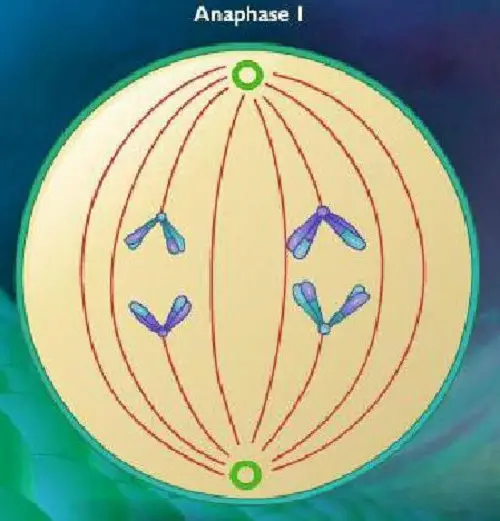
Anaphase 1 vs. 2
Before discussing the differences between anaphase 1 and anaphase 2, you need to first understand cell division.
Two major steps are involved in cell division: nuclear and cytoplasmic. In nuclear division, mitosis and meiosis are the two types.
In mitosis, an ordinary body cell divides in order to create two daughter cells with each having the same number of chromosomes as the parent nuclei has. In meiosis, on the other hand, a cell divides twice to create four gametes or sex cells, with the daughter cells having half the chromosomes of the parent nuclei.
Anaphase is a stage in the process of cell division, which happens in both mitosis and meiosis. In this phase, daughter chromosomes move away from each other to the opposite sides of the cells. The anaphase stage is further classified into anaphase 1 and anaphase 2.
Function
The chromosomes in anaphase 1 separate to opposite poles while the sister chromatids are together. In anaphase 2, two chromosomes separate,which splits the centromereand sister chromatids.
Where and when the process takes place
Anaphase 1 occurs in diploid cells during meiosis 1while anaphase 2 happens in haploid cells during meiosis 2.
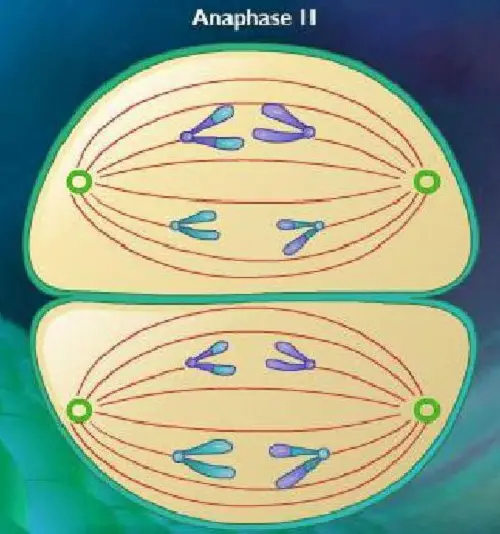
How the process occurs
In anaphase 1, spindle fibers are connected to the centromeres of similar chromosomes in such a way that each centromere is connected to two spindle fibers. Despite the separation of the similar chromosomes to opposite sides of the nucleus, the sister chromatids remain connected. Each pole receives half the number of chromosomes so that each homologous chromosome will go to each daughter cell.
In anaphase 2, the arrangement of the chromatids plates is rotated about 90 degrees relative to the arrangement in anaphase 1. The spindle fibers are attached to the same chromosome, and when the spindles pull the centromere, this results in the splitting of the centromere into two. The sister chromatids separate and each moves to the opposite sides of the nucleus. At the end of the phase, each daughter cell has one sister chromatids. After anaphase 2, the cell can then completely separate into daughter cells, which results in four daughter cells at the end of the division.
Result
Anaphase 1 leads to the separation of chromosomes while anaphase 2 leads to the separation of two sister chromatids.
Summary of differences:
| Anaphase 1 | Anaphase 2 | |
| Function | homologous or similar chromosomes separate to each side of the cell | sister chromatids separate and the centromere splits into two, resulting in two individual chromatids |
| Centromere | centromere is intact | two centromere split |
| When and where the process takes place | occurs in diploid cells during meiosis 1 | happens in haploid cells during meiosis 2 |
| Spindle fibers | two spindle fibers are attached to the centromere of each chromosome in the homologous pair | two spindle fibers are attached to the same centromere of a single chromosome |
| Similarity to anaphase of the mitosis | not similar to the anaphase of the mitosis | similar to the anaphase of the mitosis |
| Plane | homologous chromosomes are arranged in the cell equator | individual chromosomes are arranged in a plane which is rotated by 90 degrees relative to the anaphase 1 |
| Separation of the cohesin protein complex | the cohesin proteins at the chromosomal arms are cleaved | the cohesin protein complexes at the centromere are cleaved |
| Results | leads to the separation of chromosomes | leads to the separation of two sister chromatids |
An understanding of the differences between anaphase 1 and anaphase 2 leads to a better understanding of the process of cell division in general.


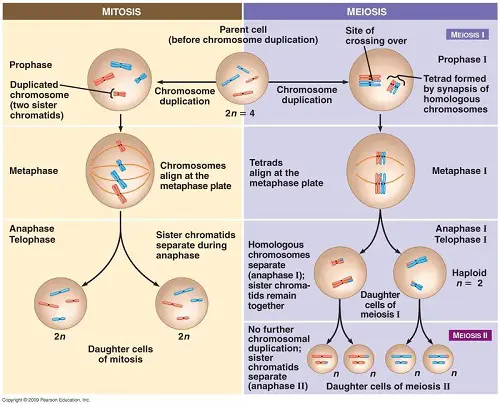

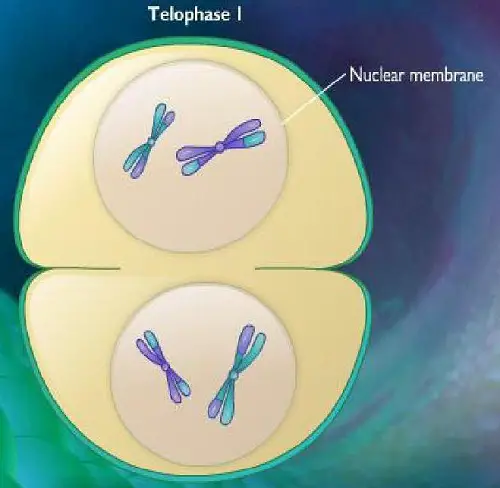

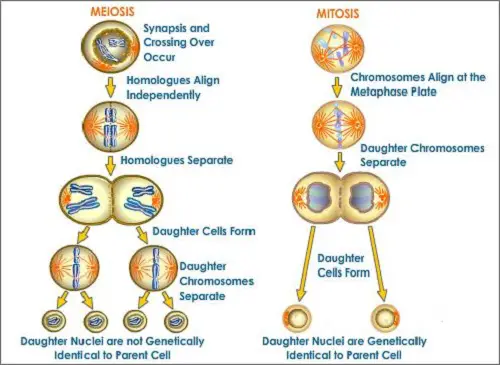





Leave a Reply